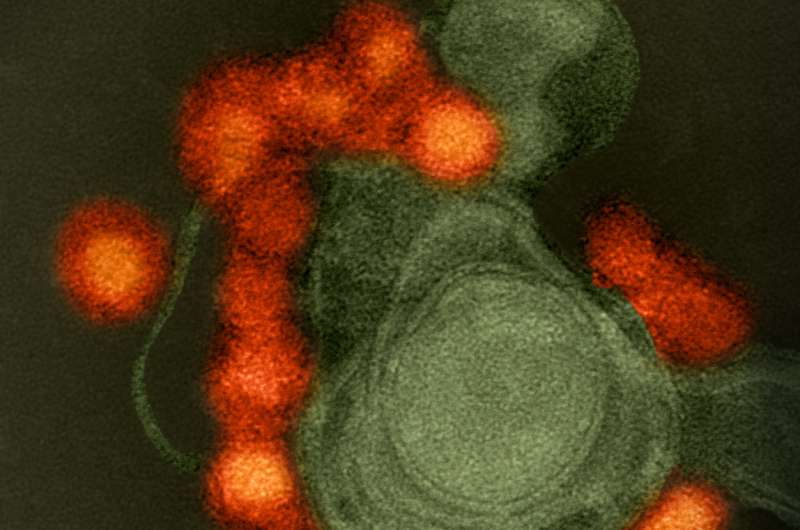New research suggests anti-viral role for anti-AXL candidate against Zika virus

Newly published in vitro research reveals that the ability of Zika virus (ZIKV) to infect glial cells in the developing brain is mediated by the Gas6-AXL pathway, and that Aravive Biologic's engineered decoy AXL receptor, Aravive-S6 (referred to as MYD1 in the publication) can block ZIKV infection by intercepting Gas6 to prevent AXL signaling. These findings suggest a potential antiviral role for Aravive-S6 in addition to its previously reported anticancer activity.
The new findings were published today in Cell Reports by researchers from Inserm (the French national institute of health and medical research), and their collaborators including Aravive Biologics. The publication, entitled "AXL mediates ZIKV entry in human glial cells and modulates innate immune responses," reports that ZIKV entry into cells requires the AXL ligand, Gas6, which bridges the viral particles to glial cells, where the virus is then internalized. During virus entry of the cell, the ZIKV/Gas6 complex activates AXL kinase activity, which dampens the interferon response to the virus and facilitates infection. The researchers also report that ZIKV infection of human glial cells is inhibited by Aravive's engineered AXL decoy receptor, Aravive-S6 (MYD1).
ZIKV is a mosquito-borne flavivirus, and infection with the virus has been linked to several neurological disorders, including Guillain-Barré syndrome, meningoencephalitis and myelitis. Moreover the infection of pregnant women by ZIKV has resulted in fetal abnormalities, congenital microcephaly and abortion. In the developing fetal brain, ZIKV targets neural progenitor cells, alters cell division and induces cell death, hampering brain development. Until now, the mechanism by which ZIKV enters target cells has been poorly understood.
"Our research results highlight the dual role of AXL during ZIKV infection of glial cells, promoting viral entry and modulating innate immune responses against the virus," said Dr. Ali Amara, Inserm Research Director and Head of the Team - Biology of Emerging Viruses, INSERM U944 CNRS 7212 at the Hospital Saint Louis, Paris. "Therefore, inhibiting AXL function may represent a potential target for future antiviral therapies."
"Previous research has shown that the ability of Aravive-S6 to block AXL signaling by intercepting and strongly binding Gas6 has potential for the treatment of many cancers, both on its own and in synergistic combination with radiation, chemotherapeutics, PARP inhibitors and checkpoint inhibitors," said Ray Tabibiazar, M.D., President and Chief Executive Officer of Aravive Biologics. "This new research suggests that Aravive-S6 may also be able to block infection by ZIKV and some related viruses, such as dengue virus, which share methods of cell entry and infection. We look forward to further exploring the antiviral properties of this class of molecules."
More information: Cell Reports, DOI: 10.1016/j.celrep.2016.12.045

















